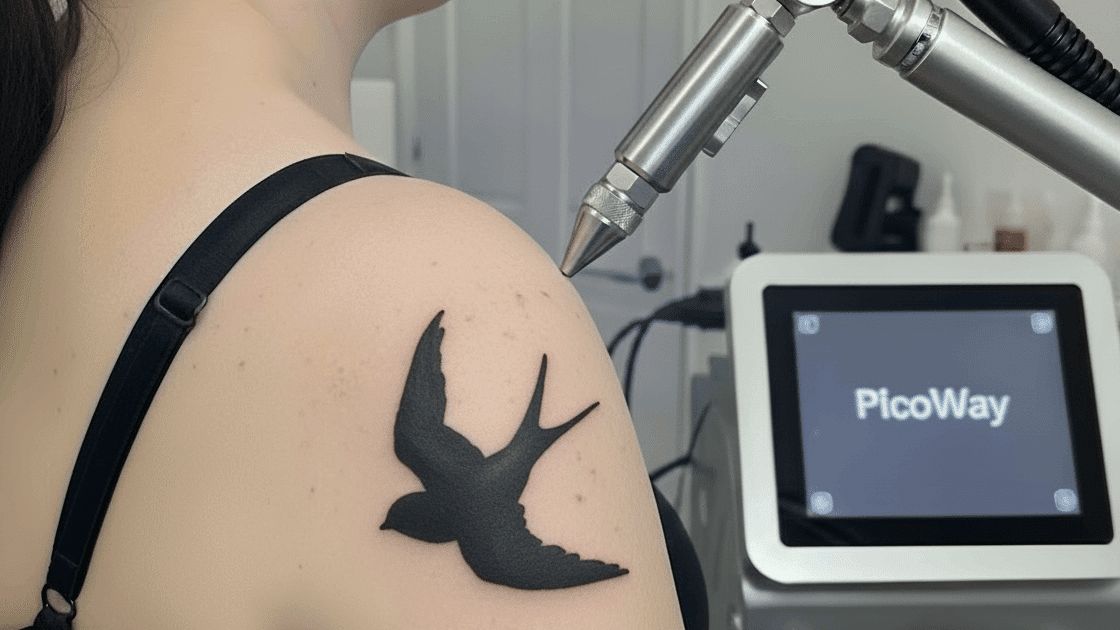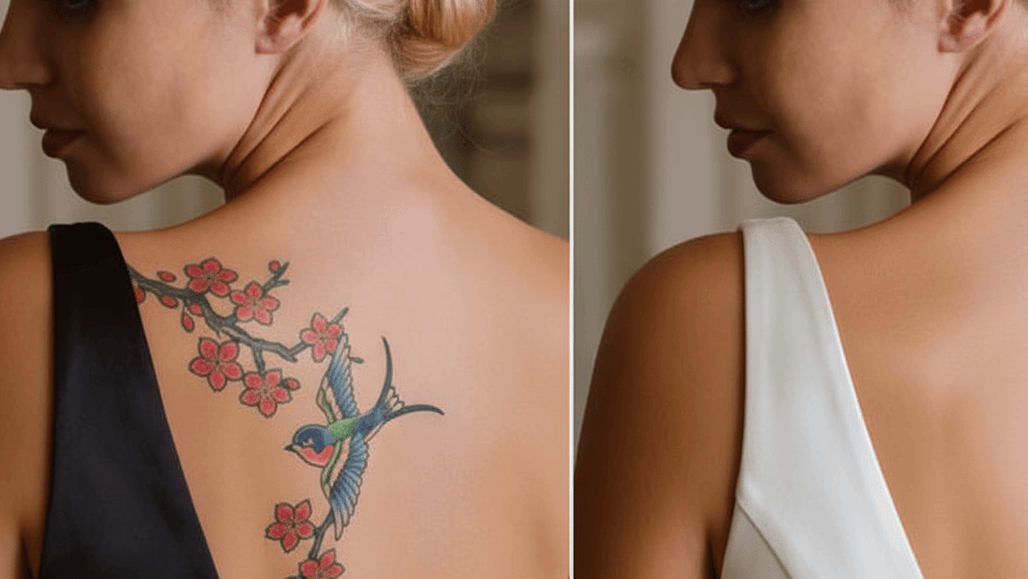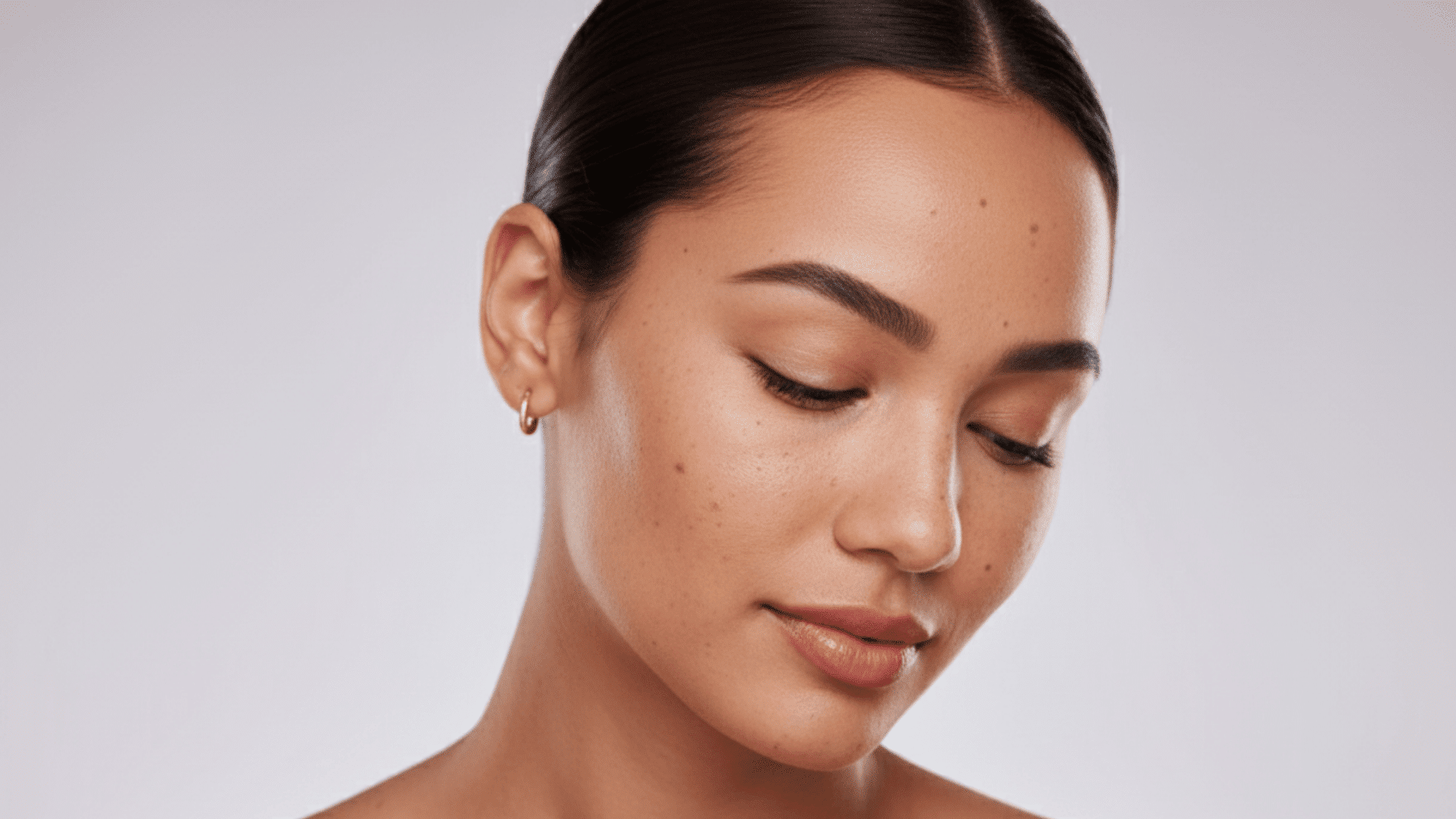Tattoos once thought permanent are now easier to erase, thanks to rapid advances in laser technology.
It bridges medical precision with cosmetic care, showing how technology can restore skin confidence without harsh procedures.
PicoWay tattoo removal uses ultra-fast energy pulses to target ink particles with precision while keeping skin comfort in mind.
Designed with multiple wavelengths and adaptable settings, it clears stubborn colors and faded lines with fewer sessions and minimal downtime.
This innovation has become a go-to choice for dermatologists and patients seeking effective tattoo removal that delivers visible results safely across different skin tones.
What is PicoWay Tattoo Removal?
PicoWay is an FDA, CE, and TGA-cleared laser system developed by Candela Medical to remove tattoos and benign pigmented spots.
It uses picosecond laser technology, where each pulse lasts a trillionth of a second, to target pigment beneath the skin accurately.
This advanced laser doesn’t rely on heat; instead, it uses photoacoustic energy, pressure-based sound waves, to break down ink particles safely.
These fragments are naturally processed by the body.
Dermatologists recommend PicoWay for multicolored tattoo removal and for its effectiveness on darker complexions, offering smooth recovery and fewer risks compared to older devices.
Benefits of PicoWay Tattoo Removal
Dermatologists highlight several clear advantages of PicoWay compared to older Q-switched lasers:
-
Effective across colors: Ideal for multicolored tattoo removal, including blue and green pigments.
-
Safe for all skin tones: Its precision makes it suitable for treating darker skin types without pigment disruption.
-
Minimal discomfort: Picosecond pulses reduce heat buildup and irritation.
-
Fewer sessions: Works efficiently for faster fading and visible results.
-
Low risk of scarring: Photoacoustic energy protects surrounding tissue.
-
Minimal downtime: Allows most patients to return to routine activities soon after treatment.
Clinics such as Remedy Skin + Body note that PicoWay tattoo removal often succeeds where traditional lasers fall short, providing steady, long-lasting results with improved safety.
How Does PicoWay Tattoo Removal Work?
Removing a tattoo with PicoWay tattoo removal isn’t just about firing a laser. It’s a careful process that blends science and precision.
Each stage helps break pigment while protecting the skin’s surface, producing visible results.
1. The Laser Targets Tattoo Pigment with Precision

The PicoWay device emits ultra-fast bursts of light energy that penetrate the skin with incredible accuracy.
These picosecond pulses are short enough to target pigment without overheating surrounding tissue. Each beam seeks out tattoo ink while leaving healthy skin intact.
This precision minimizes irritation and ensures pigment disruption only where needed, making the process gentler and more efficient than older thermal laser methods.
2. Photoacoustic Energy Breaks Ink into Micro Particles

PicoWay uses photoacoustic energy rather than heat, relying on sound waves to fragment pigment.
When energy hits ink particles, they shatter into microscopic pieces small enough for the body to remove naturally.
This approach lowers discomfort and redness.
Because the energy works in ultra-short bursts, it places less stress on the skin’s surface, resulting in smoother healing, faster fading, and reduced risk for those with skin of color.
3. Multiple Wavelengths Target Different Colors

One of PicoWay’s strengths lies in its multi-wavelength setup.
Each wavelength is chosen based on pigment absorption, allowing precise targeting of complex tattoos.
This versatility makes multicolored tattoo removal consistent, even for pigments resistant to older methods, and supports treating darker skin types safely.
| Wavelength (nm) | Targeted Ink Colors |
|---|---|
| 532 nm | Red, Yellow, Orange |
| 785 nm | Blue, Green |
| 1064 nm | Black, Brown |
4. The Body’s Natural Healing Process Begins

After the laser breaks the pigment into fine fragments, the body’s immune system clears them through lymphatic pathways.
White blood cells absorb and carry them away gradually, and fading becomes visible within weeks.
Because PicoWay uses picosecond laser technology, it minimizes heat exposure, reducing itchiness and promoting quick, natural healing.
5. The Skin Recovers and Rebuilds Smoothly

Once treatment ends, the skin begins to repair itself.
PicoWay’s gentle photoacoustic pulses encourage mild collagen renewal, leaving the treated area smoother and clearer.
Redness typically fades within days, and most patients resume daily routines right away.
The balance of precision and minimal downtime is why PicoWay tattoo removal remains one of the most advanced and comfortable options available today.
Picoway Tattoo Removal Aftercare

Picture of picoway tattoo removal before and after
Healing well after your PicoWay tattoo removal session depends on how you care for your skin afterward.
Simple habits like gentle cleaning, sun protection, and rest help maintain results and comfort while supporting the body’s natural healing response.
| Do’s (Aftercare Tips) | Don’ts (Avoid These Mistakes) |
|---|---|
| Clean gently: Wash the treated area with mild soap and lukewarm water, then pat dry. | Don’t scratch or pick: Avoid touching scabs or peeling skin to prevent scarring. |
| Moisturize regularly: Apply a thin layer of soothing ointment like Aquaphor two to three times daily. | Avoid heat exposure: Skip saunas, hot showers, and swimming pools until fully healed. |
| Protect from the sun: Use SPF 30+ daily and avoid direct sunlight for at least two weeks. | Don’t use harsh products: Pause exfoliants, retinoids, and alcohol-based toners for a week. |
| Use cold compresses: Reduce redness or swelling with a clean cold pack for a few minutes at a time. | Avoid intense workouts: Heavy sweating can irritate the treated skin. |
| Stay hydrated and rest: Drink water and allow your body time to recover naturally. | Don’t tan or smoke: Tanning increases pigment risk, and smoking slows skin healing. |
Pro tip: Always follow your dermatologist’s post-treatment advice for best healing and results.
PicoWay vs Other Treatments
While several laser systems aim to remove tattoos, PicoWay tattoo removal and PicoSure are often compared.
Both use picosecond lasers but differ in performance, wavelength range, and safety.
| Feature | PicoWay | PicoSure |
|---|---|---|
| Manufacturer | Developed by Candela Medical | Developed by Cynosure |
| Pulse Duration | Ultra-short 300–450 ps for precision | Slightly longer ~750 ps pulses |
| Wavelength Options | 532 nm, 785 nm, and 1064 nm are effective on most colors | 755 nm, 532 nm limited for deep blues/greens |
| Effectiveness on Skin Types | Works well across all skin tones | Best for light to medium tones |
| Comfort and Recovery | Gentler, faster sessions with minimal downtime | More heat-based, may cause sensitivity |
PicoWay’s flexibility and gentler approach make it ideal for multicolored tattoo removal and skin of color safety.
Potential Side Effects and Safety
While PicoWay tattoo removal is known for its safety and comfort, mild side effects can occur as part of healing.
1. Redness and Swelling: Temporary redness or puffiness may appear after treatment but fades within days and can be soothed with cold compresses.
2. Sensitivity or Tenderness: The skin might feel slightly warm for a few hours; applying a moisturizer helps ease this sensation.
3. Temporary Pigment Changes: Some may notice light or dark spots, especially with sun exposure, which resolve naturally as skin regenerates.
The device’s picosecond laser technology ensures precision, making long-term complications rare even for those with skin of color.
Accessibility of PicoWay Tattoo Removal
Before the first laser pulse, it’s helpful to get a clear picture of how accessible PicoWay treatments are, what they typically cost, and how the process unfolds over time.
Tattoo Removal Cost
PicoWay tattoo removal typically costs between $250 and $500 per session, depending on tattoo size, colors, and location.
Though slightly pricier than older lasers, it often requires fewer sessions and offers quicker recovery.
Its effectiveness for multicolored tattoo removal and minimal downtime make it a preferred option across U.S. dermatology and aesthetic centers.
Always choose a board-certified provider for safe, customized results, especially when treating darker skin types.
How Many Sessions Does PicoWay Take?
The number of PicoWay tattoo removal sessions depends on tattoo size, color depth, and age.
Most patients require four to ten sessions, spaced six to eight weeks apart.
Multicolored or older tattoos may need additional treatments, especially with layered inks.
Between sessions, the immune system clears pigment naturally.
With picosecond laser technology, fading typically starts within a few weeks, allowing visible progress after each visit and faster restoration with minimal downtime.
Final Thoughts
PicoWay tattoo removal brings together technology, precision, and patient care to reshape how modern tattoo treatments are viewed.
Its process, benefits, safety, and recovery show how scientific accuracy and skin sensitivity can coexist.
The treatment represents a step forward in cosmetic dermatology, focusing on outcomes that respect both skin health and personal confidence.
Its consistent results and gentle approach have helped redefine expectations for effective tattoo removal.
Beyond clearing ink, PicoWay reflects progress in laser innovation, offering a dependable solution backed by expertise and trust.
As more people seek efficient, skin-safe options, PicoWay continues to set a thoughtful standard in this field.
Share your thoughts in the comments about what makes PicoWay tattoo removal stand out to you.
Frequently Asked Questions
How Long After Tattoo Removal Can I Get a Cover Up?
You can get a cover-up tattoo six to eight weeks after your final laser removal session, once the skin heals completely and fading reaches the desired lightness for new ink application.
Is Fading Better than Full Removal?
Fading is better than full removal if you want to lighten a tattoo for a cover-up, as it costs less, requires fewer sessions, and allows new ink placement over the lightened area.
How Often Can You Do PicoWay Laser?
PicoWay laser treatments can be done every six to eight weeks, allowing enough time for skin healing and the body to naturally clear treated pigment or ink between sessions safely.







